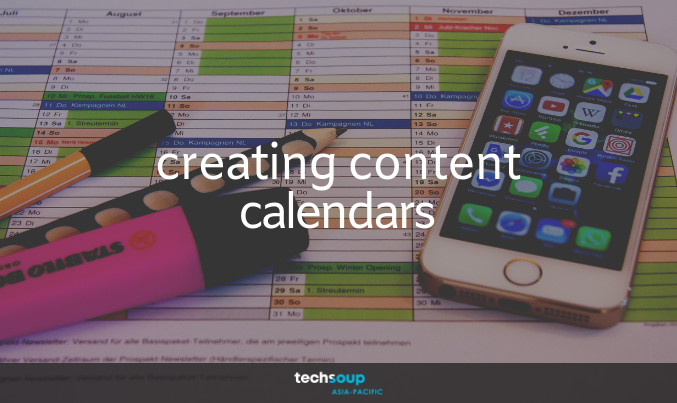Stakeholders from across the education spectrum came together to discuss what the job market of the future will look like, and examined ways to skill people to match those requirements.
The 8th ADB International Skills Forum focused on the “Future of Skills and Jobs in the Age of Digital Disruptions” and was held from September 27-29 in Manila.
The tone for the forum was set by the keynote speaker, development economist Lant Pritchett, who gave the gathering a reality check highlighting studies that showed below-par learning at the primary level in many countries. He said that pressures of completing the syllabus made is nearly impossible for a child to catch up once he/she falls behind.
“India cannot pretend to have the same problem as Singapore,” he said, “because it doesn’t.”
It is with this sobering thought that the forum kicked off, with 19 sessions on Technical and Vocational Education and Training (TVET), K-12, digital learning, inclusive learning, and innovations in learning spread over three days.
“Some jobs will disappear, but most will simply change. So the question is, how do we promote a continuous learning environment?” said Srinivas Reddy, chief of skills and employability at the International Labour Organization, speaking in a session titled, “How to Prepare the Workforce in a Rapidly Changing World”. He advocated states promoting lifelong learning, a la Singapore.
A session on digital learning threw up interesting insights: how online learning platforms study the frequency of search strings entered on their portal to decide on the courses to add to their roster, and how portals such as LinkedIn are able to forecast the jobs market, based on the mountains of data they sit on.
Industry 4.0 was on nearly every panel. It discussed on all days, and examined from various angles. With the state of education being where it is now, the path to Industry 4.0 seemed circuitous and foggy. However, several ideas were presented for governments and institutions to move swiftly to ensure that their populations are skilled enough to be gainfully employed in the future.
An Innovation Marketplace, where 15 innovative practices in learning were highlighted, gave participants a taste of the future of education.










